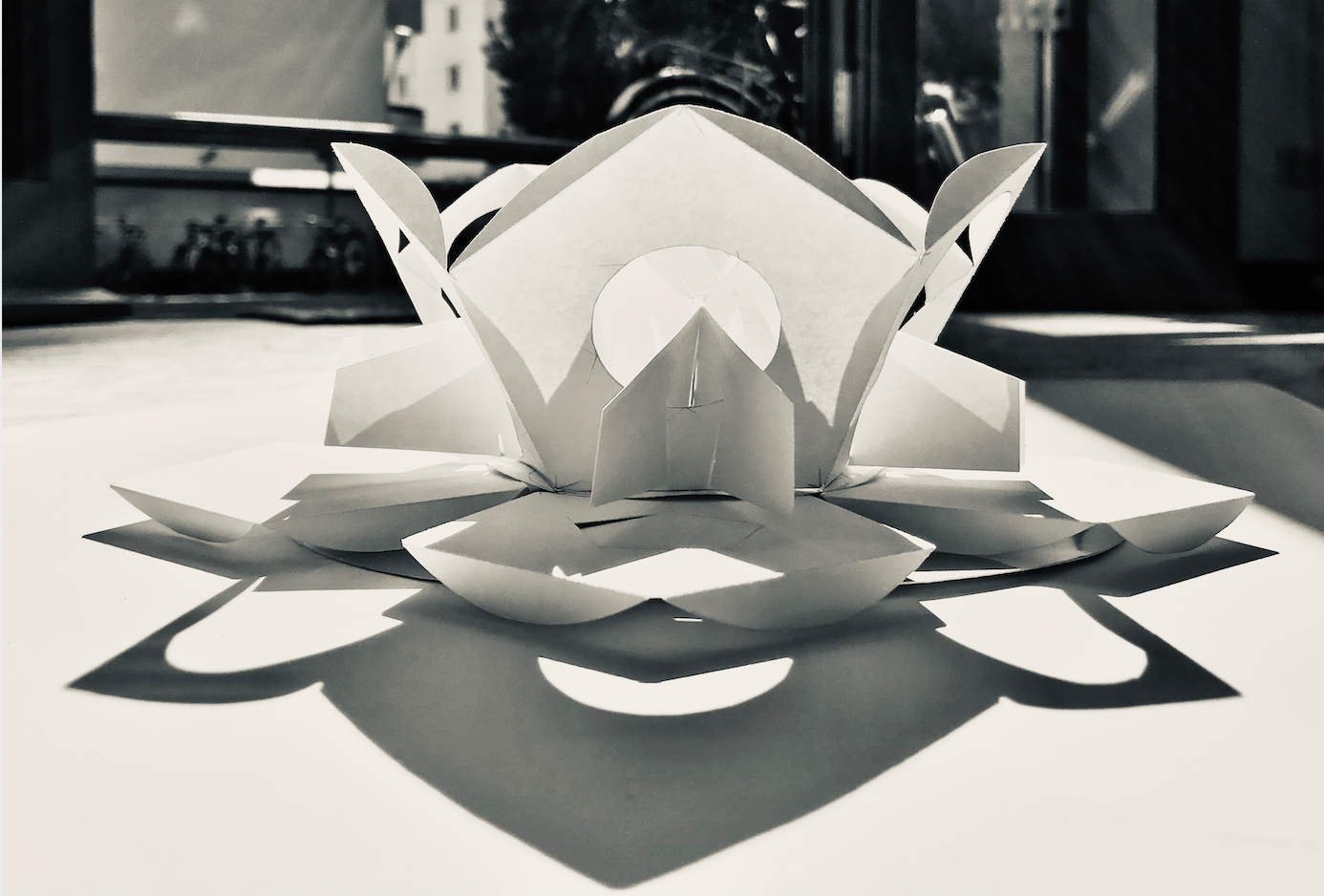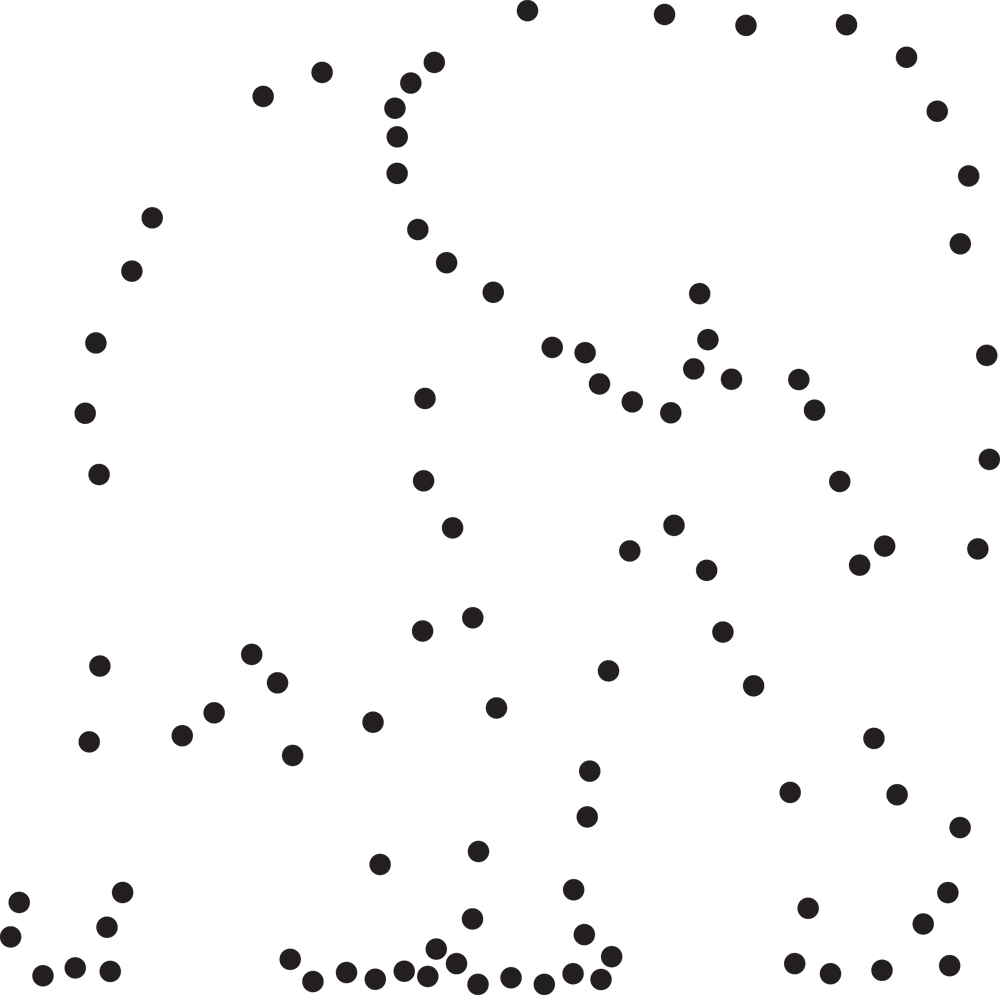Holotopia
Contents
Holotopia
We have proposed knowledge federation as an informed approach to knowledge
 By depicting our civilization as a bus, and our handling of information and knowledge as its candle headlights, the Modernity ideogram renders our contemporary condition in a nutshell.
By depicting our civilization as a bus, and our handling of information and knowledge as its candle headlights, the Modernity ideogram renders our contemporary condition in a nutshell.
We have developed and proposed knowledge federation as a new approach to knowledge, or technically a paradigm. In knowledge federation, information and knowledge are considered as created by people for people, to fulfill all those essential purposes that information and knowledge need to fulfill; notably to provide us suitable "know-what" or orientation, in the complex reality we've created.
Seeing things whole
We here refer to the proposed approach to knowledge by its pseudonym holoscope, to points to its distinguishing characteristic—namely that it allows us to combine disparate pieces of information together, and show a theme or an issue from all sides. So that we may see it as a whole.
Science gave us new ways to look at the world, and our vision expanded beyond bounds. The telescope and the microscope enabled us to see the things that were too distant or too small to be seen by the naked eye. At the same time, science had the tendency to keep us focused on things that were either too distant or too small to be relevant – compared to all those big things right in front of our eyes, which now demand our attention. The holoscope is conceived as way to look at the world that helps us see any chosen thing or theme as a whole – from all sides; and in correct proportions.
 A purpose of the holoscope is to illuminate what has remained hidden, so that we may see the whole in correct shape and proportions.
A purpose of the holoscope is to illuminate what has remained hidden, so that we may see the whole in correct shape and proportions.
A complete model (or technically a prototype) of the holoscope having been described on Holoscope.org, and explained in a variety of ways on Holoscope.info, it remains to provide a proof of concept application. We present the holotopia as an answer to the question "What difference might the holoscope make?"
A challenge
Aurelio Peccei—the founding president and the motor power behind The Club of Rome—appears here in an iconic role. The Club of Rome was an effort to federate insights about our civilization's condition, and its future prospects. What do we really need to know about our situation? What do we really need to do to become able to handle it?
Based on a decade of research of this international think tank, Peccei left us the following diagnosis:
 We let this be a road sign on a civilizational crossroads. While most of us are "just living", a growing number sees that this leads to a dead end—and is beginning to panic.
We let this be a road sign on a civilizational crossroads. While most of us are "just living", a growing number sees that this leads to a dead end—and is beginning to panic.
Can new 'headlights' help us "change course"? And if they can—what will the new course be?
A vision
As a vision of a possible future, the holotopia is a positive answer to the question posited in the Holoscope.org's opening:
Think about the world at the twilight of the Middle Ages and the dawn of the Renaissance: devastating religious wars, terrifying epidemics… Think of the scholastics pondering about the angels dancing on a needlepoint; and Galilei in house arrest, whispering “and yet it moves” into his beard. Observe that the problems of the epoch were not resolved by focusing on those problems, but by a slow and steady development of an entirely new approach to knowledge. Several centuries of comprehensive evolution followed. Could a similar advent be in store for us today?
Just as the case was in Galilei's time, a new order of things or technically a paradigm is ready to emerge.
The holotopia is more desirable future than the common utopias. Yet it is fully realizable. We already own the knowledge needed for its fulfillment. We only need to put it together; and put it to use.
The five insights
The holotopia vision is made concrete or federated in terms of five insights:
- The Convenience Paradox insight points to a revolution in "pursuit of happiness" and in culture, similar to the Renaissance
- The Power Structure insight points to a revolution in innovation, on the scale of the Industrial Revolution, by which human work will be made incomparably more effective and efficient
- The Collective Mind insight points to a revolution in communication, analogous to the advent of the printing press
- The Socialized Reality insight is about a new foundation on which the truth and the meaning are developed, and a possibility for a quantum leap in awareness, similar to the Enlightenment
- The Narrow Frame insight is about a new way to explore the reality, with similar consequences as the once that science had
A strategy
While each of the five insights is spectacular in its own right, even more illuminating are their relationships. By exploring them, in the light of further suitable points of reference, we understand that we cannot meaningfully respond to any of them, without responding to them all.
An even larger, overarching insight results, which naturally leads to the strategy that the holotopia is pointing to by its very name:
Comprehensive change can be easy, even when much smaller and obviously necessary changes may be impossible.
Making things whole
We were able to federate the five insights even further. Each of the five larger-than-life opportunities to improve our condition, which the five insights are pointing to, can be fulfilled by following this simple rule of thumb: Instead of seeing the world in the light of our narrowly conceived self-interest, and trusting that "the free competition" or "the invisible hand" of the market will turn our self-serving acts into the greatest common good (which is so markedly Middle Ages, isn't it?)—we see ourselves and what we do as parts in a larger whole or wholes; and act in ways that make all those larger wholes more whole.
Hence this formula (Vibeke didn't like it, but hey—nobody's reading this yet, so let's have it here as Dino's private joke and foible):
But seek ye first the systemic wholeness, in all matters and on all levels of detail; and all these things shall be added unto you.
The initiative
 This paper model of a large sculpture represents the holotopia as an intervention into our shared space or "reality". We use it here ideographically, to point to holotopia as intervention into our everyday, which redefines our relationship to it.
This paper model of a large sculpture represents the holotopia as an intervention into our shared space or "reality". We use it here ideographically, to point to holotopia as intervention into our everyday, which redefines our relationship to it.
The mission of the Holotopia initiative is to develop whatever is needed for "changing course" – and realizing the holotopia.
The box
Holotopia's box is an object designed for 'initiation' to holotopia, a way to help us 'unbox' our conception of the world and see, think and behave differently; change course inwardly, by embracing a new value.




